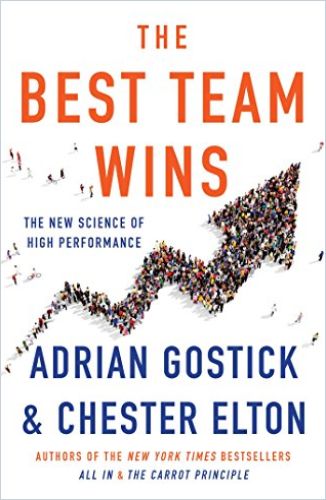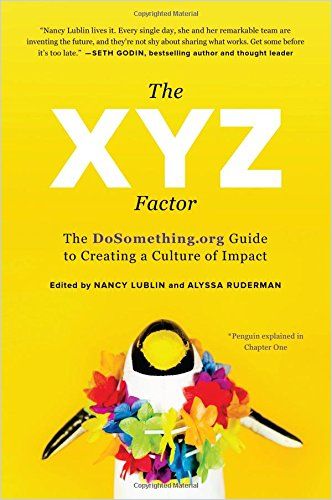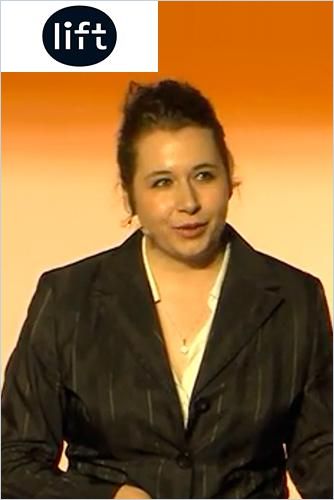How to Survive the Labor Shortage

In view of massive dislocations on the labor market, the problem of employee retention is at the top of every company’s to-do list: On the one hand, many people are eager to change jobs; on the other hand, most baby boomers will retire by 2030 and far fewer workers will be moving into the labor market.
The quits rate for US workers is the highest it’s been in decades. Baby boomers are leading the exodus, as 3.2 million more of them retired in the third quarter of 2020 than did in the same quarter of 2019.
SHRM
This “silver tsunami” creates perfect conditions to make companies that want to hire and keep the best people.

One way out of the shortage crisis is to recognize that many older employees who could actually retire would like to work longer. They will stay loyal to a good employer, provided you put in the effort to keep them. It makes a lot of sense to retain these capable people, integrate them into younger teams, and engage them in upskilling programs so they can remain contributing members of the organization and help bridge talent shortages. Find out how this works below.
Four Generations in the Workplace
First of all, you should know how the age structure of a society is built, and what that means for the economy. Currently, four different generations with different demands and qualifications share the labor market: baby boomers, generation X, and the “young” of generations Y and Z.
At this point, one could begin to elaborate on the basis of dozens of getAbstract summaries from recent years on what distinguishes these generations and differentiates them from each other – anyone interested in this can help themselves to the following reading lists:
Baby boomers:
Generation X:
Generations Y (millennials) and Z:
However, according to the latest research, you can simply ignore it all! Why? Sociologist Philip Cohen and his colleagues state that stereotypes get lobbed from one generation to the next like ammunition for cultural warfare. For example, writers may label millennials as narcissistic and immature, but in reality, some people in this age group don’t buy houses and settle down, not because they spend all their money on lattes or don’t want homes, but because housing, education and health care are now astronomically out of their financial reach. Generation Zers may be internet-natives, but that doesn’t mean the entire generation aspires to be famous on TikTok.

Generational labels are shorthand for describing complex phenomena; the negative result of this shorthand is over-generalization.
So, if the “most special” generation by far among those currently working – gen Z – is demonstrably hardly different from its predecessors, managers have fewer generation-gap arguments to hide behind if they fail to form functioning multigenerational teams.
Your Take-Aways:
- Generational labels don’t cover consistent time spans.
- Millennials and gen Zers find generational labeling lacking in meaning.
- Consultants exploit generational labeling by defining a group as different from another, then selling you a solution to bridge that gap.
As a result, generalizing lists regarding supposed “generation gaps” should from now on be taken with an additional grain of salt: There is obviously much more that unites the differently aged colleagues in your company (and beyond) than what divides them. We can also give the all-clear on the subject of “skills” and “learning”: No matter how aged your brain is, it keeps on learning, and it always wants to keep on learning.
It’s true that the speed of learning and processing can vary somewhat between a young employee and a senior. But in most cases, transformation processes in companies are much slower than the slowest brain in the workforce.
When dealing with different generations, recognize, early on, that there is an age bias. Figure out how it applies to you, and as a manager, to your team members. Here are some examples:
Wrong: Young Workers Love to Work with Young Workers Only
There were and are companies that think they need to hire only young people – gen Y and Z – to make the workplace “hip” and “trendy” (and thus become a magnet for other young people). In view of the current labor market situation, this is an unpromising strategy. The idea that young people tend to work only with colleagues of their own age is simply wrong. The millennial (gen Y), gen X and boomer generations in fact see the benefits of multigenerational teams: When older employees enhance young teams with their experience, they feel valued and more visible. Younger employees appreciate the calm and reflectiveness of the older generations. The different generations also share three top motivators:
According to an analysis of an international, 50,000-person data set, workers from all three generations 1) want to have an impact, 2) want to learn and 3) want to achieve work-life balance. And they agree that money is the least important motivator while learning is the most crucial.

So, what you should do, according to bestselling authors Adrian Gostick and Chester Elton?
- In a multigenerational team, friction between a desire to work alone and a need for constant feedback, closeness and collaboration can spark discord. Find out who needs what – and provide it!
- Help your people shine at what they do best. Coach them to achieve their goals – which may well be age-specific to some extent.
- Now is the time to hire new people – no matter how old they are! As you train senior new hires, remember to make them feel comfortable, hire those who best fit your culture, start orientation before their first day of work, share the big picture early on, provide extra attention on the first day, enlist team members to offer guidance and make the team’s code of conduct clear.
Keeping employees across all the generations happy means being responsive to their needs – which is why establishing regular feedback mechanisms and developing worker-friendly policies will be essential. Finally, with technology rapidly evolving, companies will need to invest in reskilling and upskilling their workforce to drive digital transformation forward.
Wrong: The Hybrid Workplace Does Not Suit Older Employees
Speaking of digital transformation, this claim is a popular argument – and it’s aimed at the supposed tech aversion of older generations. It’s true that the rapid pace of technological progress can cause problems for some people, but this is often unrelated to age. In addition, technology is not the only thing that characterizes the hybrid workplace. Much more influential than team communication tools are new types of leadership and training that will become prevalent in the coming years, and these also have enormous benefits for older employees. A few examples:
Mentoring, Reverse Mentoring and Coaching
Multigenerational collaboration within a team requires experimentation. As a manager, you have to make clear that experimentation can’t work unless you listen to ideas that are not yours. Presuming that people have inherent talents enables you to increase the probability they will display their true abilities. For instance, everyone has the strength to innovate and overcome obstacles.
The culture you set must be one of openness and one of dialogue – and the shared mind-set in your team must match it. Educate your people about the benefits of such a collaboration mind-set and set the tone yourself by practicing co-active leadership.
Once you have established this approach, “reverse mentoring” should no longer be a problem in your team: Instead of senior staff members passing on their experience to subordinates, reverse mentoring matches junior team members, often from underrepresented groups, with senior employees.

Reverse mentoring is based on the premise that everyone can learn from everyone else, regardless of age, job title or racial background. It is a powerful way to bring employees together and build trust in an organization.
Wrong: Loyalty Is An Asset of Past Generations Only
Also widespread is the misconception that younger generations no longer form bonds with organizations: Whoever makes them a better offer gets them, right? That viewpoint is boomer bias (and it goes far beyond this topic, too).

The fact is young employees crave meaning and purpose in their work – and companies that can’t offer that are losing out. Many boomers, on the other hand, see work as more of an end in itself and can overlook it if their employer simply wants to make money – as long as their own expectations are met. That’s why boomers are considered more “loyal” by comparison. Companies that can’t make a purpose offer to younger people can now benefit from this – and they already do.
Your best insurance against colleagues jumping ship is a good connection to each of them – and the transparency that underpins it. To connect with your staff members:
- Replace or augment team members’ annual performance reviews with a continual review process that concentrates on each employee’s individual development goals and career issues.
- Discard internal practices that lead to silos. Having your organization and its teams become more customer-focused can remove some barriers, even those that have built up over many years.
- Use a motivational assessment tool to help ease conflicts and ensure that you give team members assignments in line with their goals and skills.
Your goal is retention:
Estimates indicate that replacing an employee costs about 150% of that person’s annual salary.
When a team works together by fostering each member’s goals and aligning them with corporate objectives, the members of a multigenerational workforce can support each other and achieve outstanding results.
Wrong: “Older Employees” Are Old
According to many surveys and recruiting programs, “older” employees are 40 or older. However, this is often still based on numbers and ideals of a time when 40 was “close to retirement” because people were not yet living to an average age of 90. In short, that has changed: People who are 40 today often don’t even have half of their working life accomplished. This is due to longer education, but also because more and more people like to work longer, or have to work longer because of external influences – pension reforms, increase in life expectancy, and so on.

To combat skill shortages and staffing shortages alike, you need to train young staff just as you train older staff, and not only create opportunities for internal position changes but also encourage your employees to actually change positions to challenge and change their views from time to time.
This keeps more people motivated, on top of things and – most importantly – in your company!
Read the following summaries to find out more:
Dive deeper with two exclusive Journal interviews:
Finally, here are some additional tips from the Center of Creative Leadership you might consider when attracting and retaining senior employees to bridge the labor (and the generation) gap in the coming months and years.

































